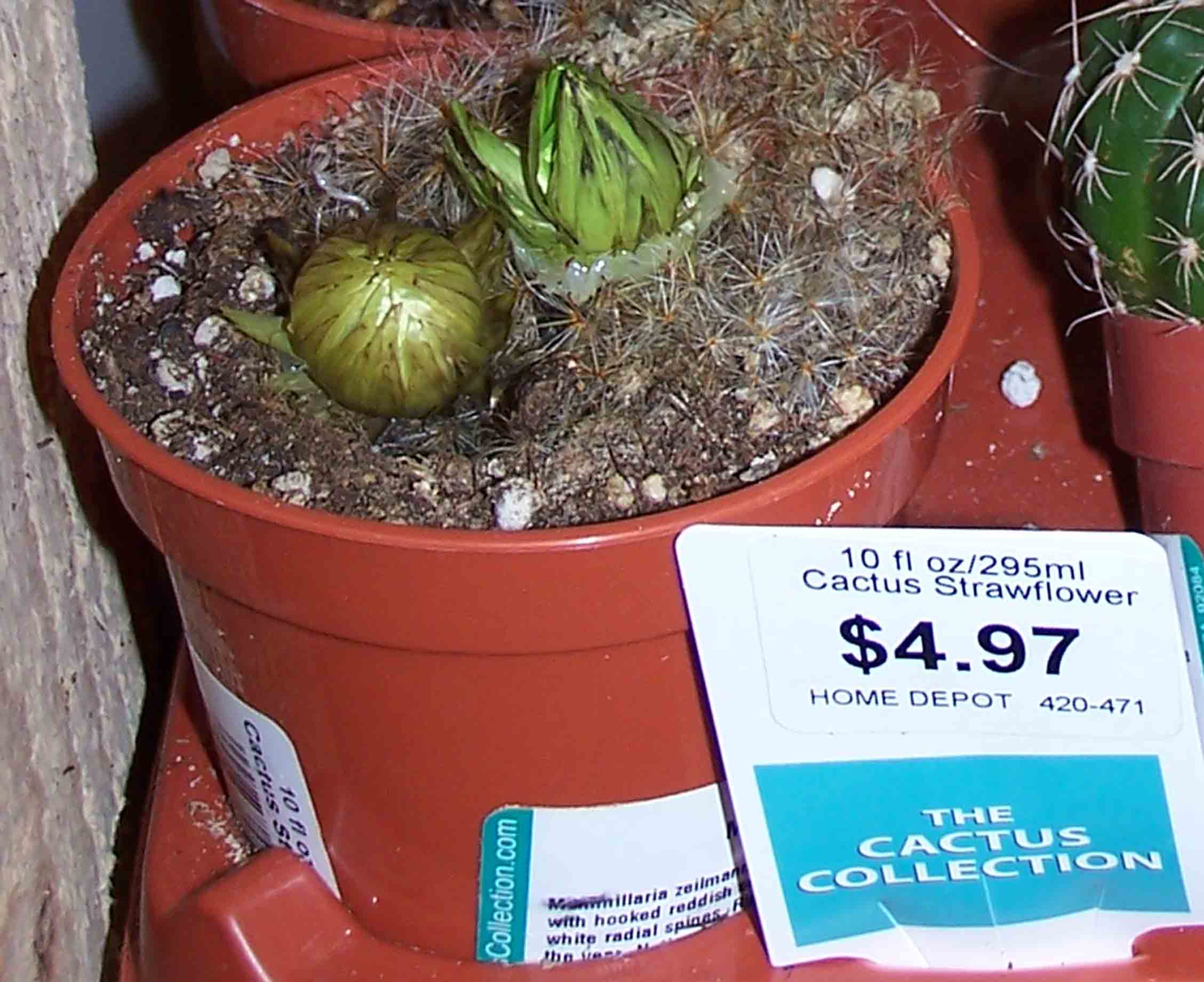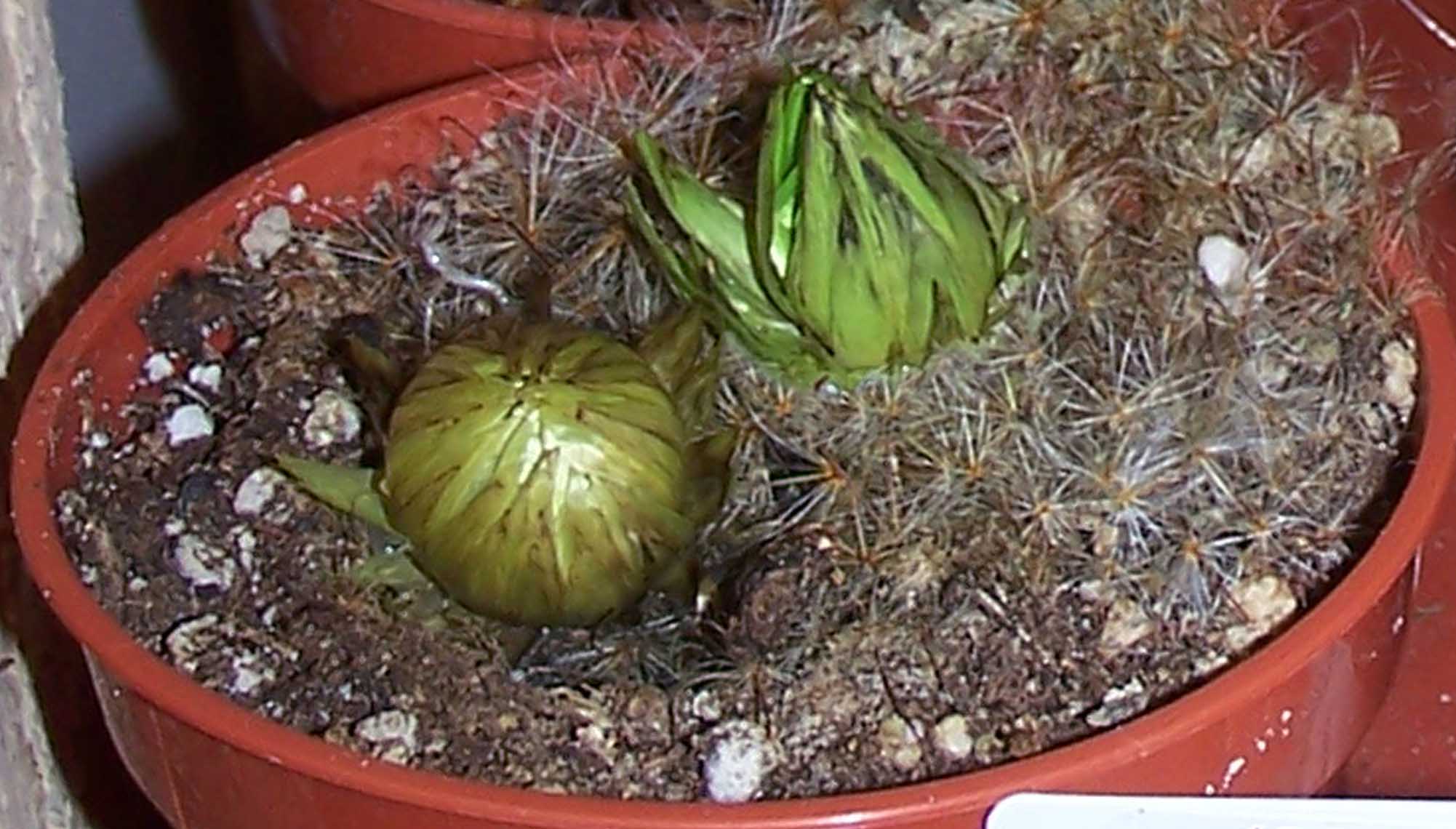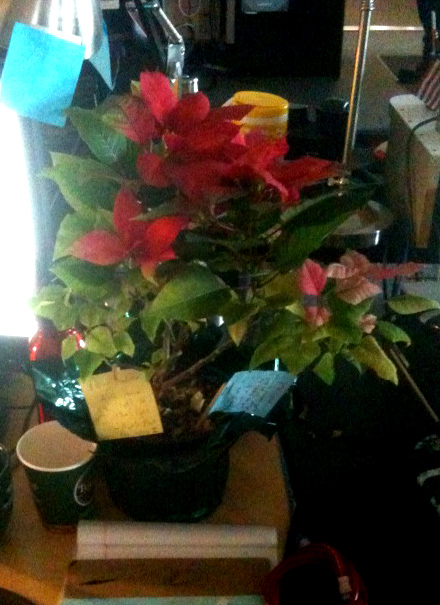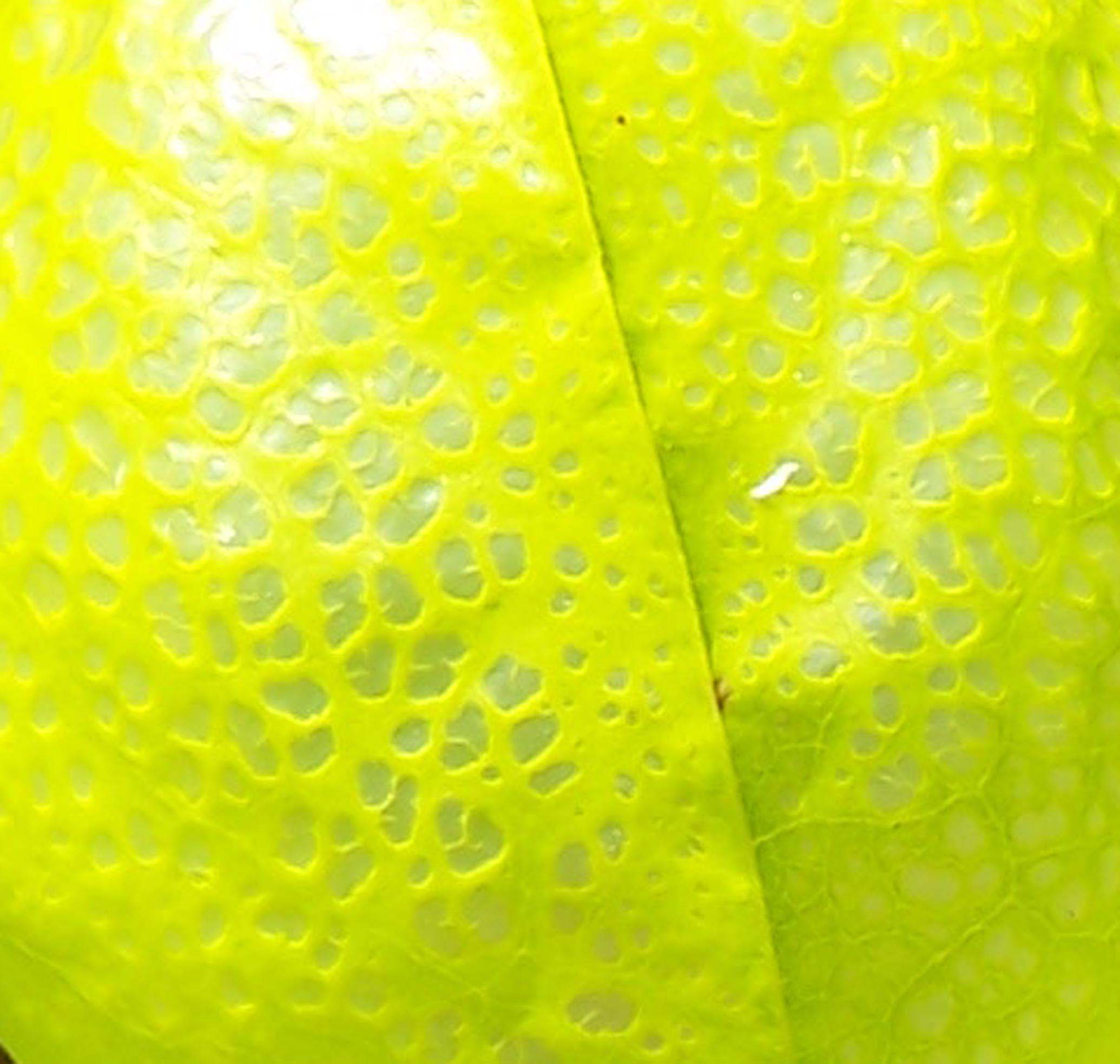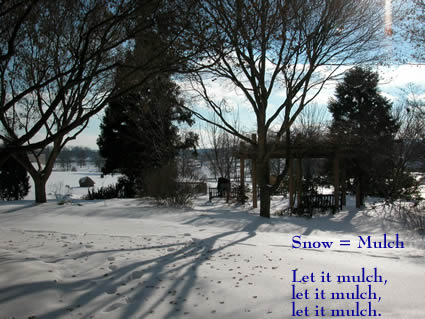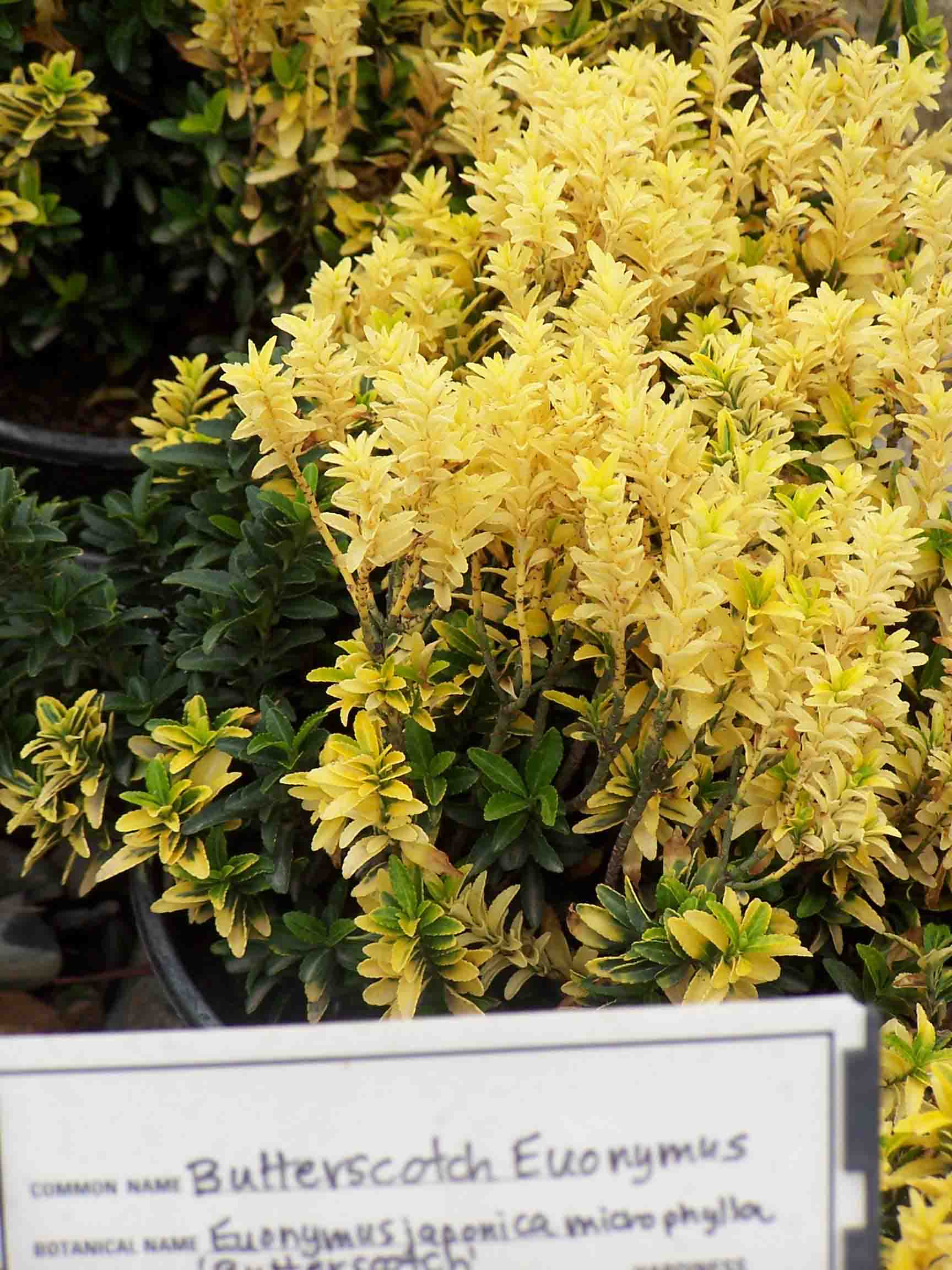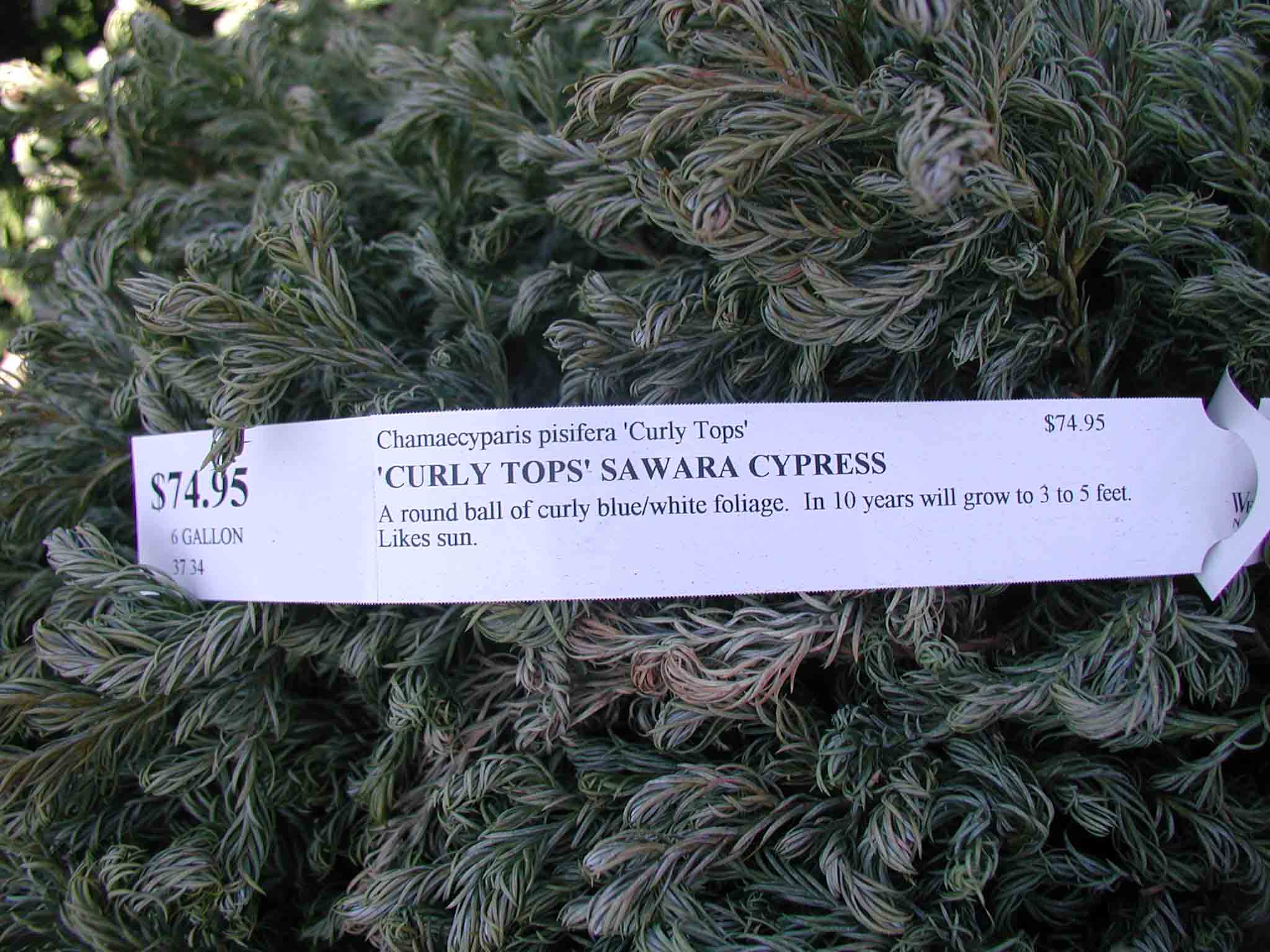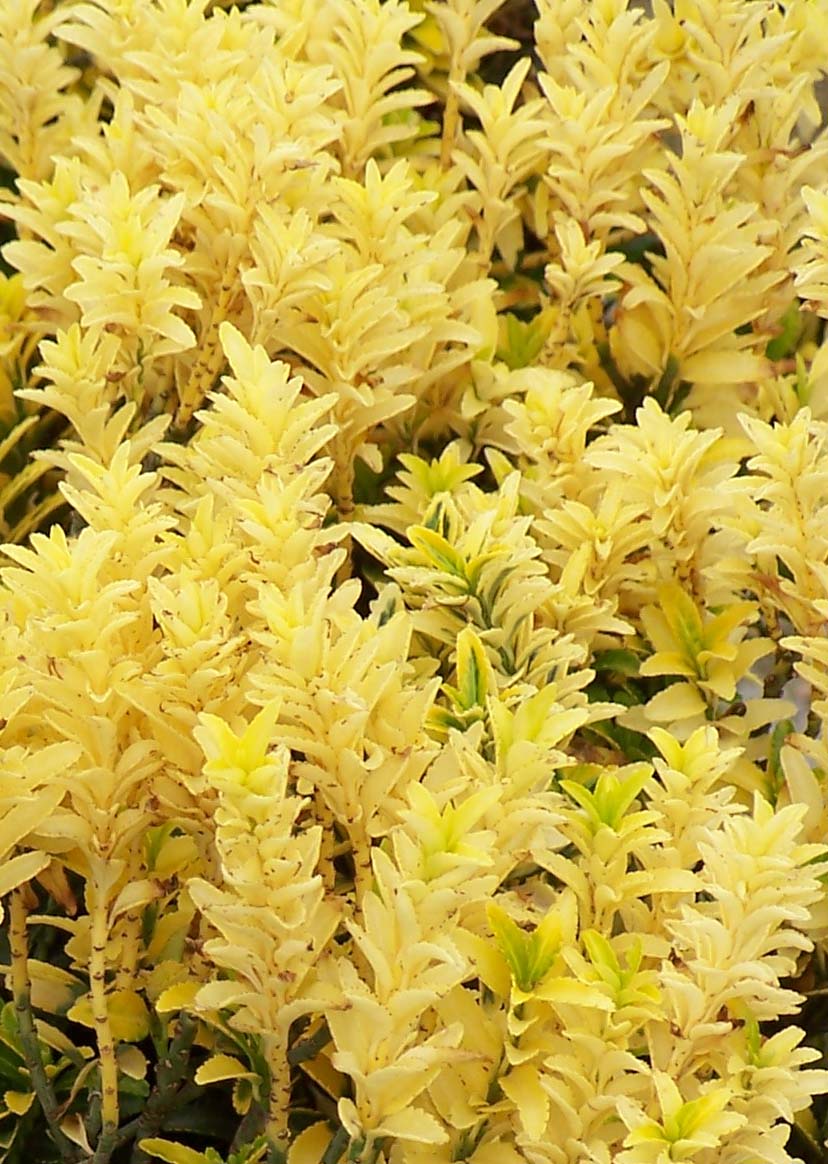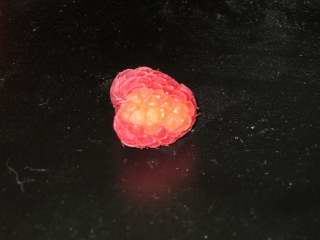The thing about being a horticulturist and a professor is that you’re always supposed to have the right answer. Which is to say, when I tell people not to use beer as a fertilizer, to avoid planting trees too deeply, and to reduce pesticide use, people take it for granted that I know what I’m talking about and that, if they don’t do what I say, there could very well be problems. But, as most of you know, growing plants is an art and a science, and sometimes plants decide to do things that are unexpected — plants are individuals after all, just like we are. Anyway, I was reminded of this today by this image of trees being planted on the St. Paul campus of the University of Minnesota in 1909.

How many things can you find wrong with the practices in this picture? And yet this ended up being a successful planting. I like to think we, as horticulturists and researchers, do a decent job of figuring out the best practices for planting and caring for plants, but the truth is that each plant is an individual and every situation is different and so often our predictions end up being wrong. And I think that’s a good thing.
